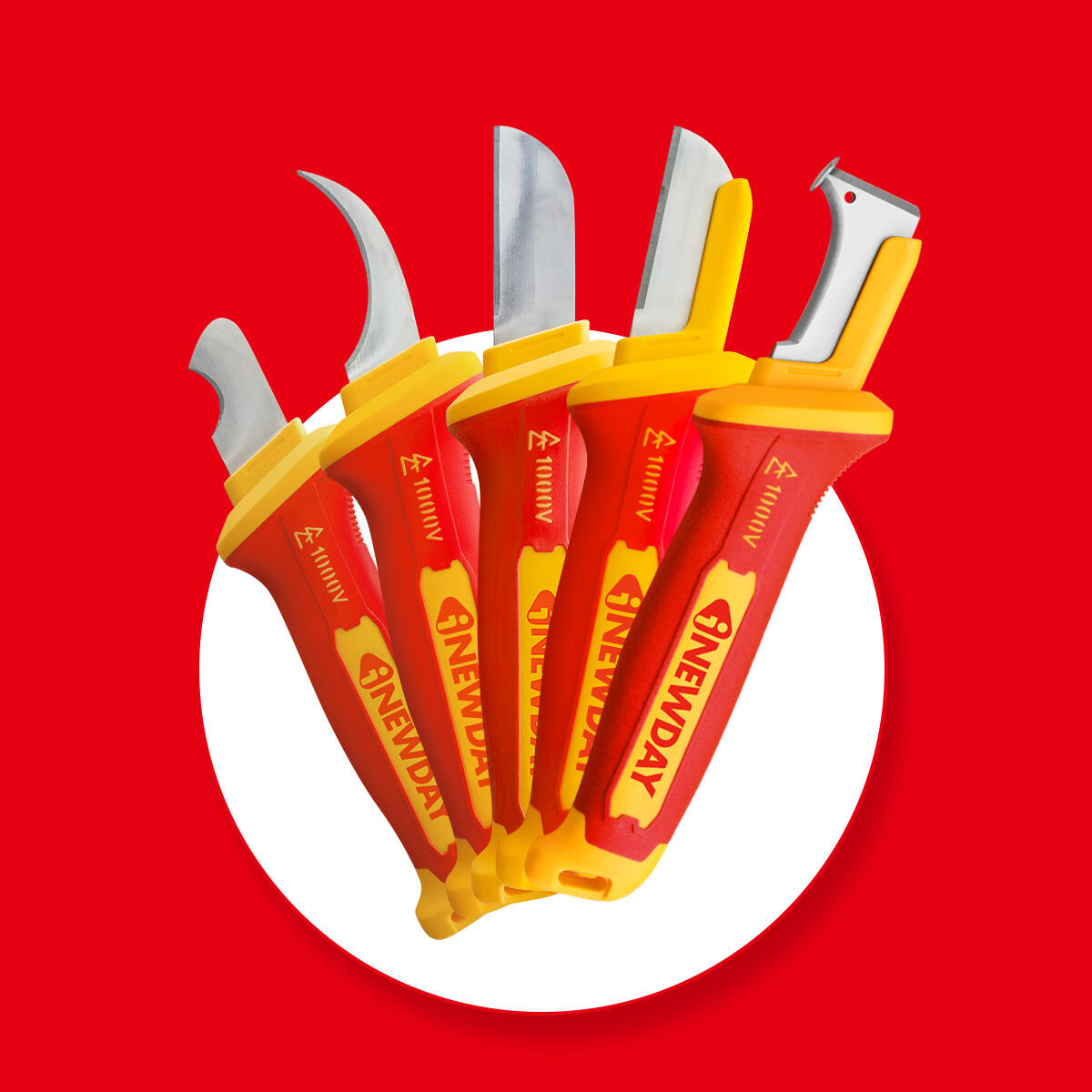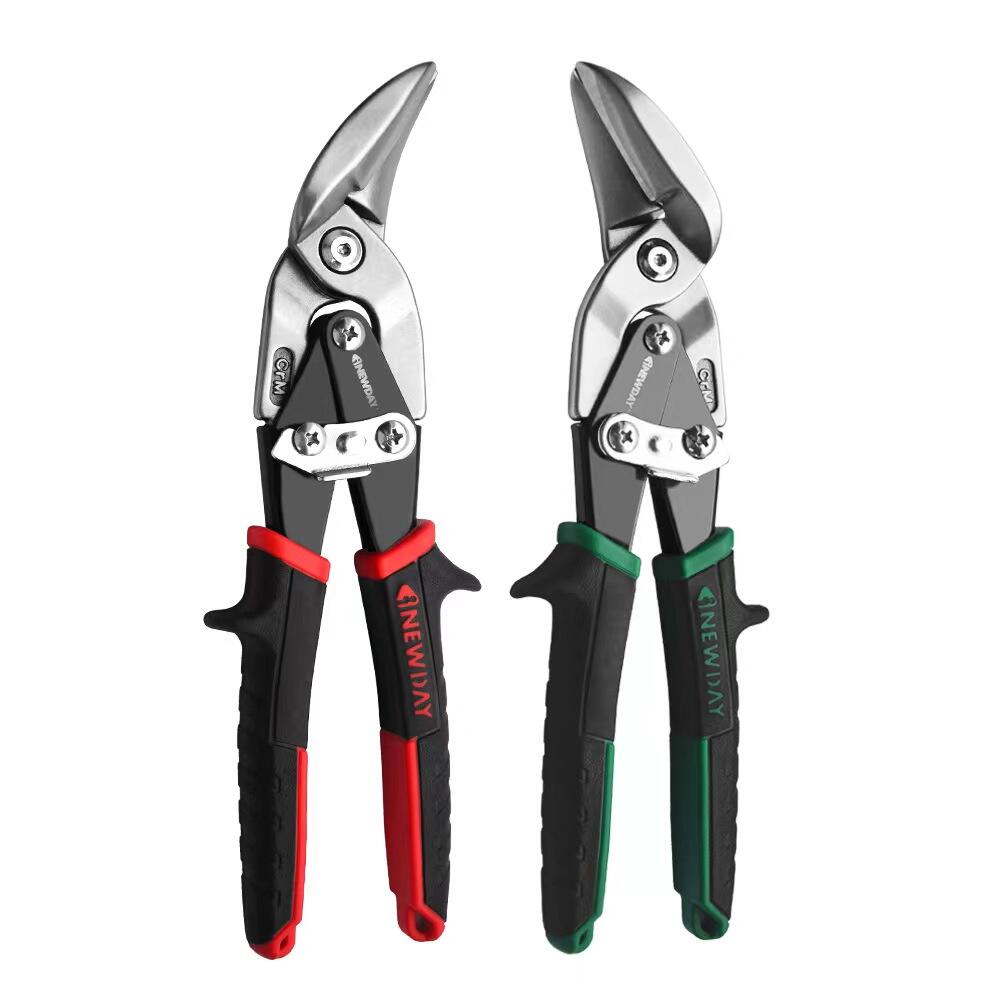right and left tin snips
Right and left tin snips are essential hand tools designed for cutting light gauge metal, such as tin or thin sheets of steel. The main function of these snips is to provide clean, straight cuts with minimal effort. Technological features include forged steel blades that are heat-treated for durability and sharpness, along with a comfortable, ergonomically designed handle that reduces hand fatigue. The right tin snip is used for cutting to the right, while the left tin snip cuts to the left, allowing for flexibility in cutting patterns. Applications are widespread, from HVAC installations and roofing to electrical work and general metalworking tasks.


